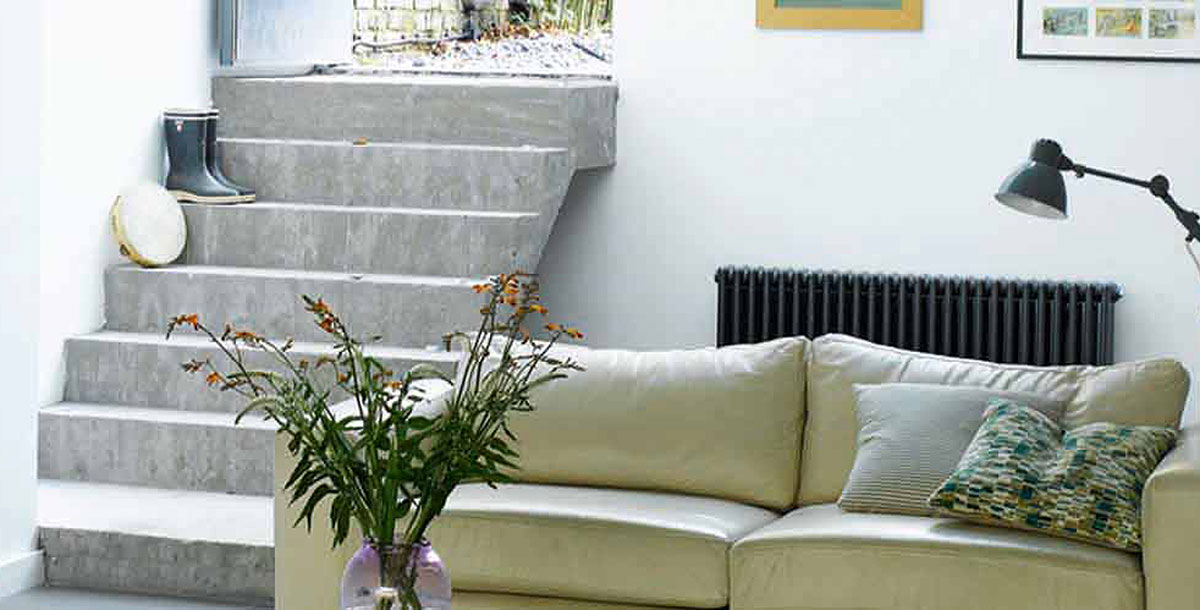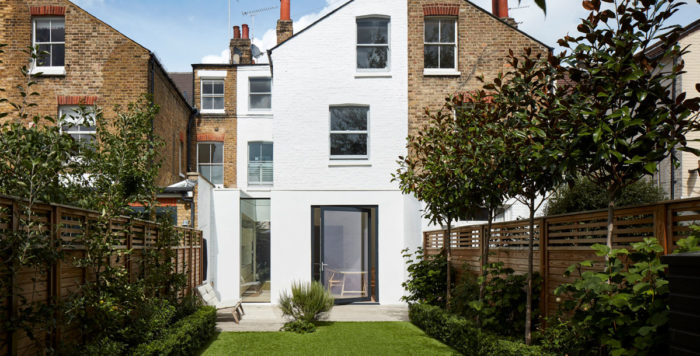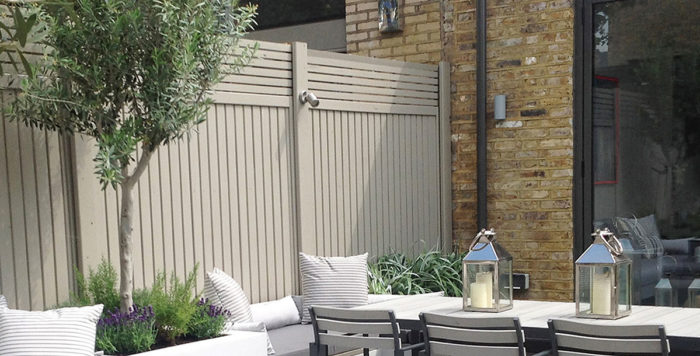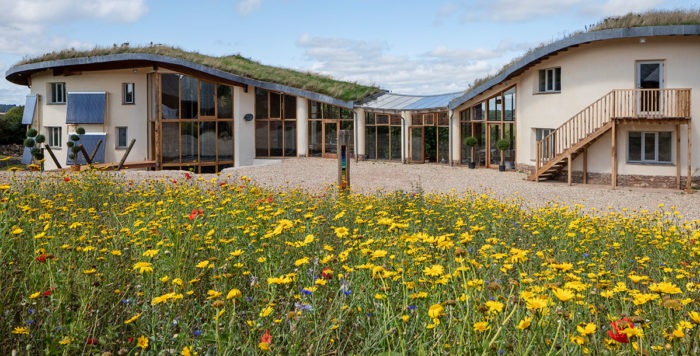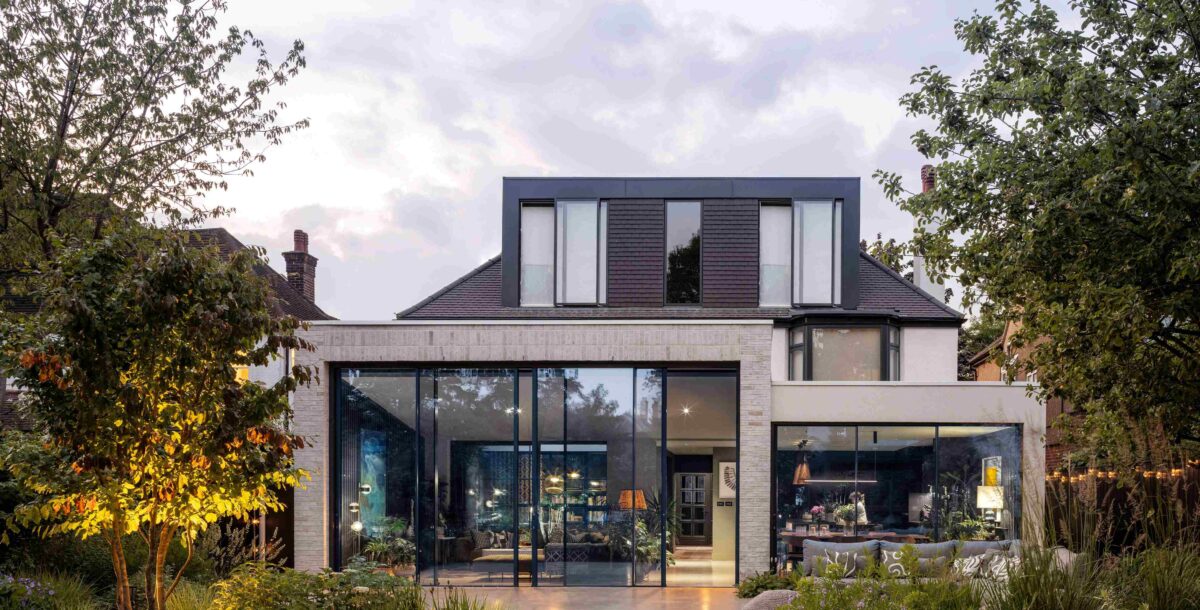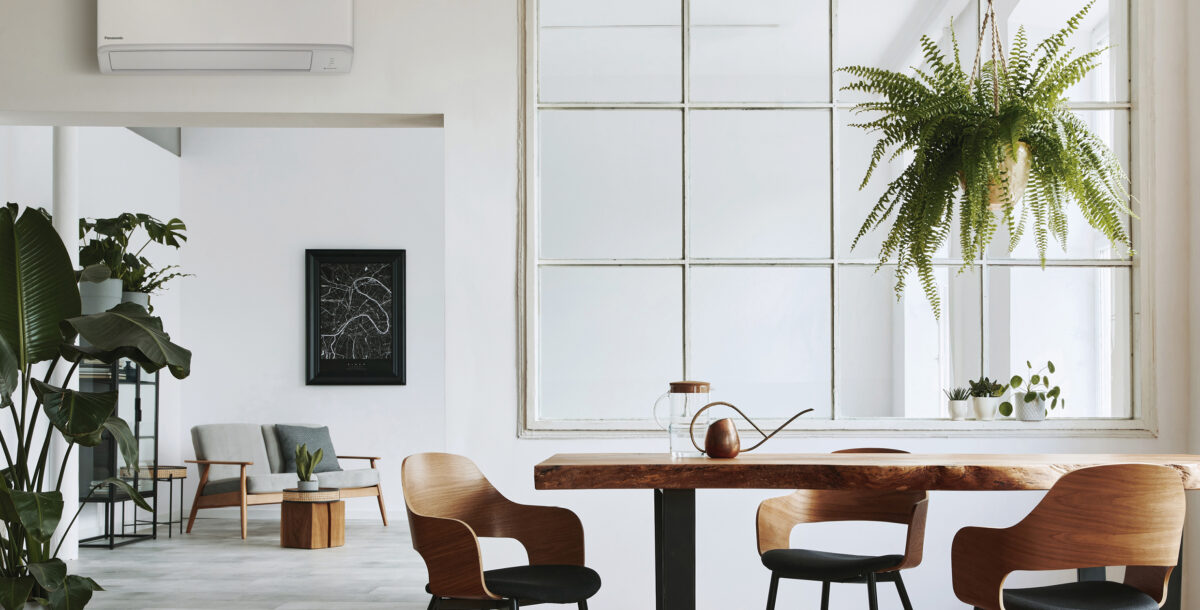Converting a unique building
From barns to churches and factories, Grand Designs explores what you need to know before a conversion
Converted buildings make some of the most exciting places to live, but only when the transformation is done with sensitivity. Here’s how to get it right, from planning through to layouts.
Living in a dramatic old building is sold as the stuff of fantasy: waking up under the gnarled trusses of an ancient barn, or entertaining friends in a huge open-plan former church with plenty of fascinating original features.
For every success, though, there’s a transformation that hasn’t hit the mark. Make sure your conversion is a winner.
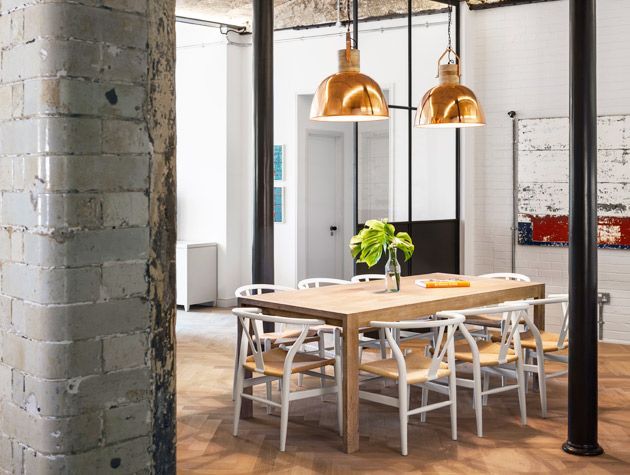
Photo: Jim Stephenson
Which buildings make good conversions?
Thanks to their large open spaces and unfussy design, buildings such as barns and warehouses are a natural fit for open-plan layouts. Meanwhile, pubs, post offices and smaller agricultural buildings (such as dairies) already have a more human scale that makes it easy to envisage them as homes.
Many other types of building – from water towers to electricity sub-stations – do not lend themselves as well to being turned into residential properties, and yet people undertake such projects regularly.
They usually require specialist help and a bespoke approach – hurdles that, for many, are too troublesome and expensive. If you have a determined mindset and a suitable budget, however, they can be the most spectacular projects of all.
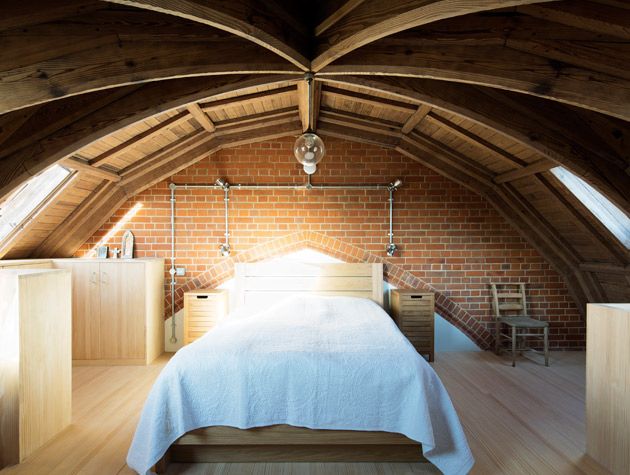
Photo: Richard Chivers
Ask an architect’s advice
A visionary architect who enjoys the complexities of incorporating original features helps, too.
‘I love working with odd industrial fixtures that remind people of the past,’ says architect Dara Huang of Design Haus Liberty. ‘It’s part of the challenge with refurbishing buildings into modern living spaces. It’s the mix of different styles that creates that coveted recipe for a beautiful home.’
Whatever a building’s original purpose, an architect should aim to retain its essential character while making it fit for living in. There will be compromises, though, where you’ll need to come down on one side or the other.
Keeping quirky features such as bread ovens or bank vaults won’t make a home more functional, but it will make it more interesting. Energy efficiency is an issue, where complying with building regulations might mean covering over structural elements, such as ancient trusses, with insulation.
Be sure to work with the existing structure when you’re looking to create a liveable layout.
Warehouses and barns may already be broken up with columns of cast iron or timber, which suggests how rooms might fit around them. If natural light is limited, you’ll need to plan around daylight requirements.
If you’re converting a large, open building, you’ll need to break it up sensitively to maintain the character. In conversions with soaring roof space, such as a barn or church, it’s common to retain a portion of double-height volume to make an impressive living space, then build into the roof at one or both ends for bedrooms and bathrooms. Internal glazing allows original features to come to the fore.
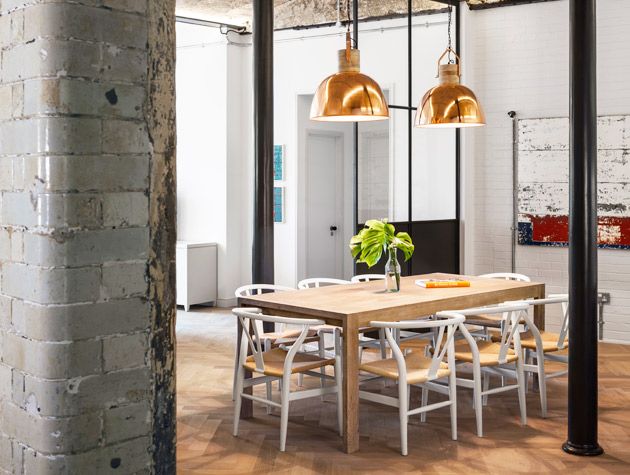
Photo: Jim Stephenson
Research planning permission regulations
Buildings are divided into use classes that dictate how they may be occupied, so the first planning hurdle is to apply for change of use (you don’t need to own the building to do this). Check the council’s local development framework for its policy regarding conversions, and seek advice from planners about what they may allow.
The government has made it easier to achieve change of use, with permitted development (PD) rights brought in for conversions of 450sqm or less.
As long as your plans are not ‘impractical or undesirable’ then a prior approval application is, in theory, all that’s required.
Get a structural survey
A structural survey is essential on an older building, and you may be asked by your local authority to undertake other searches, such as wildlife surveys – bats may be living in the rafters – or environmental contamination checks.
If the building is listed or in a conservation area, that will also affect what you can and can’t do as part of the conversion.
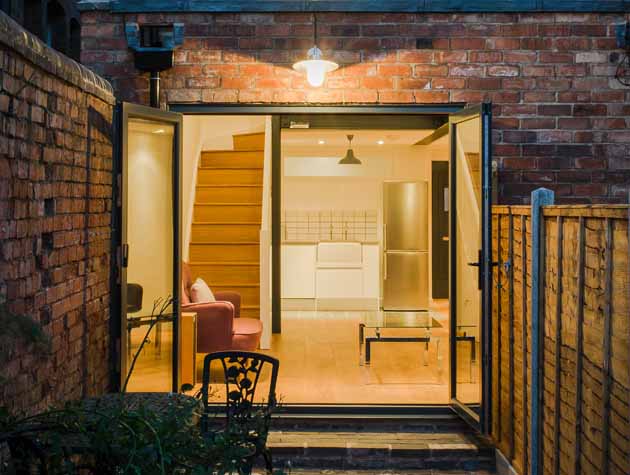
Photo: Paul Miller
Apply for a renovation mortgage
Similar to a self-build mortgage for a new dwelling, a conversion/renovation mortgage releases payments in tranches, either once an agreed stage has been completed (an arrears stage payment mortgage) or before (an advance stage payment mortgage).
Since conversions have less-rigid phases than new builds, you’ll need a mortgage offering finance that most closely mirrors your project.
Rachel Pyne, director of financial services at Buildstore let us in on the application process: ‘We’ll sit down with someone and define the steps that they need, so it’s very individualised. You can apply before change of use has come through, but your offer will be on the condition that it does.’
Similar to a self-build mortgage for a new dwelling, a conversion/renovation mortgage releases payments in tranches, either once an agreed stage has been completed (an arrears stage payment mortgage) or before (an advance stage payment mortgage).
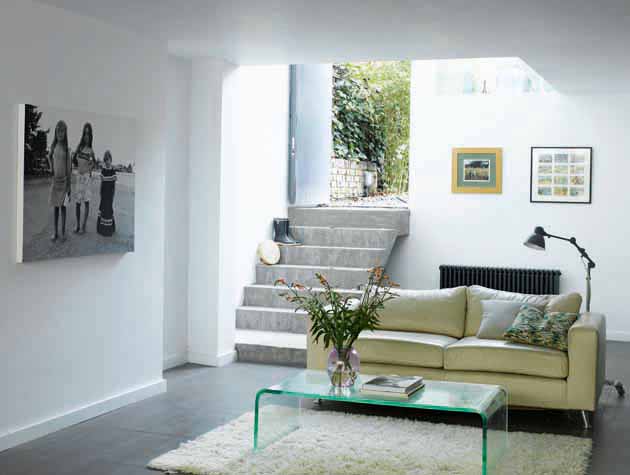
Photo: Verity Welstead

